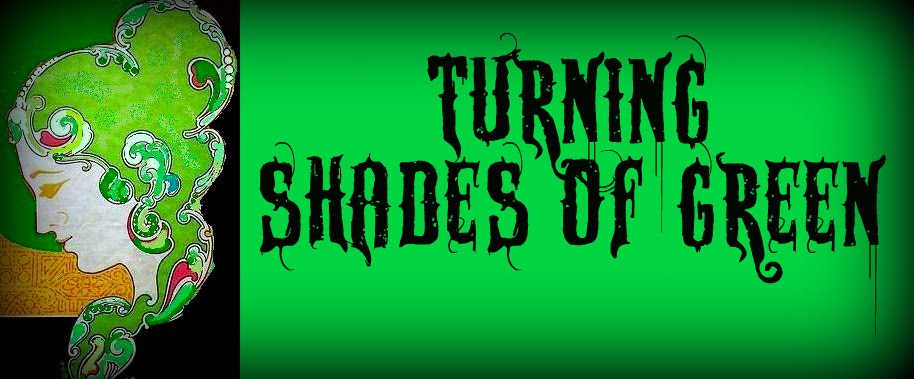The Us Mint was the first place there was just general information. So I found the site for a company that had received the very first contract to produce the paper for our money. Crane and Co. Looking on their site I found that they indeed use eco-friendly ways to produce our dollars!
Currency paper is composed of 25% linen and 75% cotton. Red and blue synthetic fibers of different lengths are distributed throughout the bill. Prior to World War I the fibers were made of silk. Now we use a polymer fiber to make it harder for counterfeiting.
This is the ways that Crane and Co. use eco-friendly ways to make our dollar bills:
Cotton ginning waste. After ginning and combing there is fibers left over but not the quality for clothing. They are mostly the fiber that are attached to the cotton seed called linters. Million pounds of linters are used and saved from the landfills each year. Plus the linters are 100 percent pure alpha cellulose. That in turn equal a minimum of waste product.
Textile cuttings:. After cutting the fabric cotton broadcloth textile companies will have yards of scraps that aren't usable in garments. For centuries this is how our paper was made. From cotton rags where the source for paper fiber. It was in 1860 trees where used as paper fiber.
Water based inks. Made with vegetable oils and lower vapor pressure solvents. Low VOCs.
Crane & Co. who prints most of the paper money in circulation also has energy eco-friendly ideas. They use steam from a local waste-to-energy facility that they themselves started in 1984. This would have been over 2 Million gallons of gas per year. Not bad!
The waste is used for compost and added to topsoil.


Following from MBC! Hope you'll check out mine at www.mommylite.blogspot.com! It's a parenting humor site.
ReplyDelete